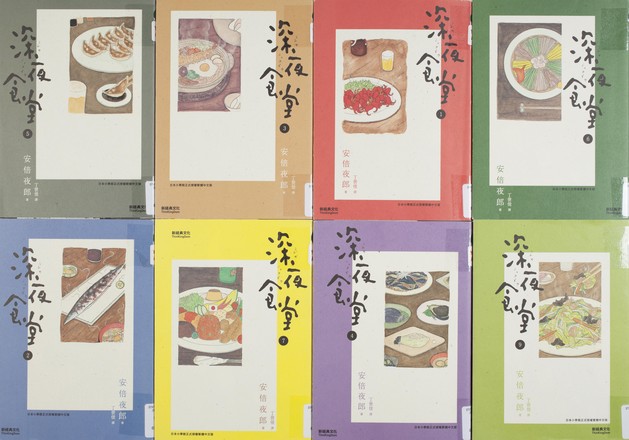
Shinya Shokudō (深夜食堂) (The night café), 2011
CHI0124–01832 Tai bei Shi: Xin jing diantu wen chuan bo you xian gong si, 2011 Shinya Shokudō was originally published by Shogakukan Inc., Japan in 2007–2012

CHI0124–01832 Tai bei Shi: Xin jing diantu wen chuan bo you xian gong si, 2011 Shinya Shokudō was originally published by Shogakukan Inc., Japan in 2007–2012
Manga artists are called mangaka.
The Japanese word manga is based on the Chinese word manhua, meaning ‘impromptu sketches’.
The term gekiga, or ‘dramatic pictures’ was coined in 1957 to differentiate the more mature adventure themed comics from child-oriented manga.
In 1814, Hokusai published Hokusai Manga, the first in a series of popular volumes of caricatures and studies from life.
Osama Tezuka (1928–1989) is recognized as the ‘God of Manga’ with more than 150 000 pages of manga drawings and 600 titles to his credit.
Although storytelling with pictures has a long history in Japan, none of those traditions were associated with the word manga until the 20th century.
The earliest popular printed graphic narratives in Japan grew out of the caricature and erotic prints that were collected and sold as sets.
Comics in Japan took on the now commonly used term manga in the 1920s.
Hokusai is best remembered for his dramatic landscapes of Mount Fuji, but he worked in many different styles and was a remarkable caricaturist who also has the distinction of having popularised the word ‘manga’, which is now used to broadly denote all comic art in Japan.
Comics, Manga, and Graphic Novels: A History of Graphic Narratives, Robert Petersen, 2011